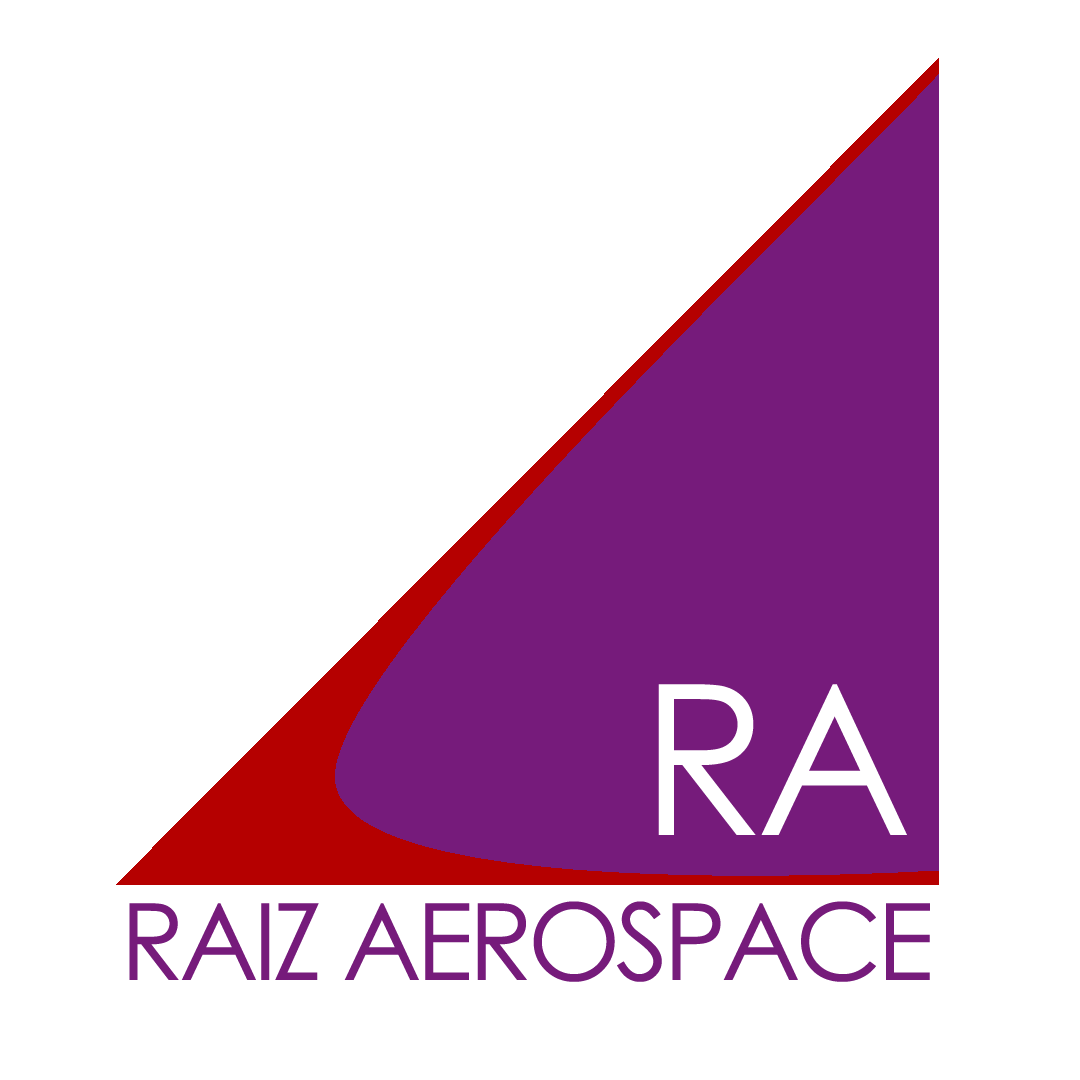Taurus Spacecraft

The Taurus spaceplane answers the need for a smaller Shuttle-derived spacecraft in style. A direct competitor to the Orion spacecraft, it uses the actual OMS tanks and engines from the Shuttle directly, except while the tanks in the Shuttle OMS pods are placed side-by-side, they are in-line when placed in the Taurus. While the Shuttle, using the same amount of propellant and the same AJ-10-190 engines, could only get 400 m/s of delta-v, the small size of the Taurus (thanks primarily to the fact that it doesn’t need to accommodate the Shuttle’s large cargo bay) means that it can get 1600 m/s – enough to capture into low lunar orbit and then return to Earth and roughly equal to the delta-v in the Orion spacecraft’s command module.
While Taurus saves in the development cost of the service module tanks, the fact that it is a spaceplane likely means its other development costs are higher compared to Orion. It is also uncertain whether heat tiles are sufficient for a return from the Moon, though SpaceX seems confident this is possible with their Starship system. Taurus’ size and mass means it can be launched to the Moon on SLS. However, a special adapter or fairing will be necessary to allow crew access. Due to the mass of the vehicle, launch escape will either require ejection seats or an adaptation of the design to use the Shuttle Mark II’s separating cabin and side-mounted escape motors.
Length: 6.6 meters
Wingspan: 8.4 meters
Height: 7.3 meters
Mass
Fueled: 34.732 tons
Dry: 20.827 tons
Engines: 2 x AJ10-190
26.7 kN thrust (vac.) each
316 s ISP vac.
MMH and MON3
RCS thrust: 1.2 kN ports @ 316 s ISP (vac.)
using MMH and MON3
Propellant: 5984.3 liters MMH, 6071.0 liters MON3
